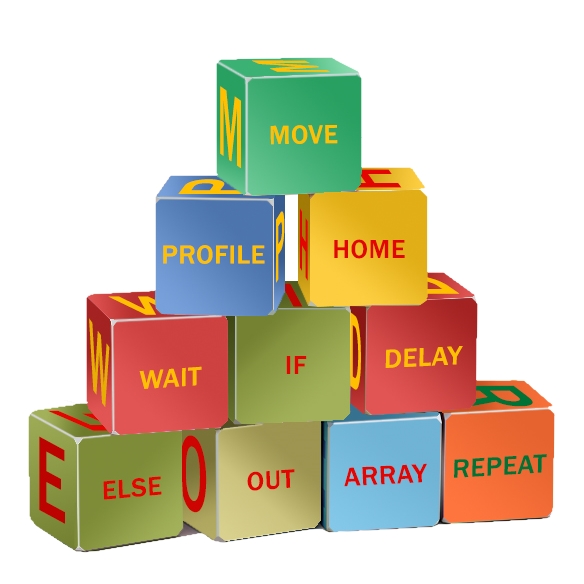What is a Rotary Positioner Table?

Compared to rotary tables and other rotary machines, the value of rotary positioner tables is often underestimated. It is true that they are used less than standard rotary tables, but this is only normal, as they aren’t designed to be used by everyone.
Rotary positioner tables are designed for a specific use and every business that has a need for them should use these machines.
They can be of great use for your production and allow you to create more complex systems, parts, and structures. These tables rely on rotary motion and are also called rotary positioners or welding positioners, as they are mostly used in the welding process. However, rotary positioner tables have other applications and they can be a valuable asset to any workshop.
Let’s learn more about them, how they operate, and what their functions are.
Rotary Positioner Table Design
Most of the rotary positioner tables are designed to allow simultaneous work on two different surfaces. They can usually be positioned horizontally at 0 degrees, with both the back side and the front side of the table remaining completely open for a single surface to be placed. In most cases, the back side will be smaller and have room for smaller objects.
On the other hand, the front side usually has a much larger surface where larger parts can be placed. The table comes with two steppers, which are used to control the table movement, one moving it to the left and the other to the right. Most rotary positioner tables also have two switches somewhere above the two steppers.
One button is designed for the use in case of an emergency and by pressing it, you will deactivate the whole machine. In most cases, the other switch is used to activate the machine and can sometimes also be used to regulate the rotary speed.
Most of these tables offer the user the ability to change various parts of the machine and adjust the tool according to their needs.
Rotary Positioner Engine and Speed
These tables come with engines of their own. It is possible to find different versions with both DC and AC engines, depending on your needs. Some of the most powerful engines that come with rotary positioner tables can achieve the speed of 15rpms. In most cases, smaller rotary positioner tables come with smaller and less powerful engines.
Simply put, they aren’t intended for working on tough and large materials. Still, it is possible to find different variations and many people even change the engines themselves to get the exact performance that they want.
However, newer models come with highly adjustable speed options. This makes them ideal for any kind of application and for people that know what they are doing, they can bring amazing results.
Rotary positioner tables specifically designed for welding are designed to operate at slow speeds and rotate light workpieces so that the operator can stand in one position and weld constantly while the surface remains level and rotates. Try to find an engine with an adequate gearbox that works smoothly.
Spinning and Movement

The majority of these types of rotary tables have the movement range from 0 to 150 degrees. The movement is in a circle and this is where cutting is a great application, as the user can conveniently add new workpieces and move them away while operating the table. Even though this might sound simple, the existing tilt can be very helpful for welding.
On the other hand, the positions can be switched easily with just a couple of adjustments. Instead of putting the workpiece on the stationary surface, you can put it on the rotating part with an adequate tool and instantly transform the whole machine into something else.
This is how you can instantly shape materials into circles manually and with utmost precision. When spinning a metallic plate, it’s possible to install a plasma cutter for further work. These are just some of the options that are available with rotary positioner tables and there are many other functions.
Even though they can be fairly small, rotary positioner tables are one of the most versatile types of rotary tables. They can have great application in metal industries, manufacturing, crafting, and so on. There are even larger automated options better suited for large factories and less manual use.









